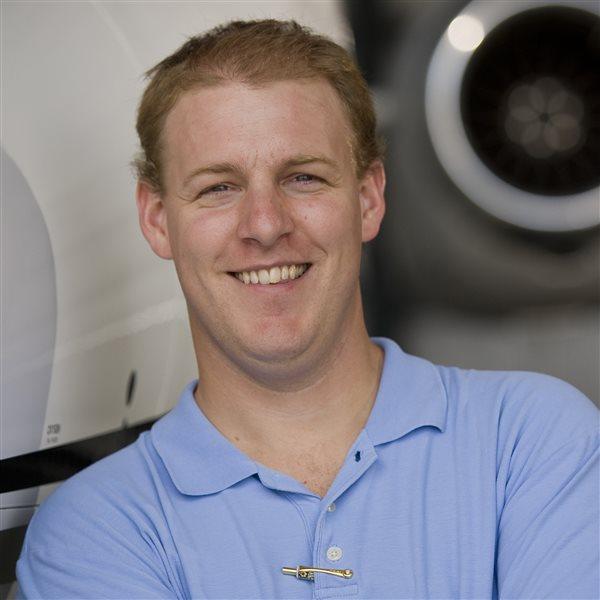The commercial aircraft insurance business is understandably a foreign one to most policy holders. To help sort through the haze, we sat down with Aviation Insurance Resources President Jon Harden. Here are five facts you may not know about your insurance plan.
1. You’re likely paying a similar premium as a comparable school.
Although there are about eight underwriters currently writing flight school business, each of them is offering roughly the same premiums, said Harden. The primary driver of your premium is a relatively simple formula. Instead of the flight hours and certificates that impact the premium for regular individual owned aircraft, your commercial insurance policy is based on the type of aircraft in your fleet, and the total number of seats and the hull value of those aircraft. Seat for seat and hull value for hull value, the underwriters are pretty consistent.
2. A single claim won’t ruin your business.
Don’t be too afraid to file a claim for fear of your premium increasing. That is what your insurance is for. Harden said the underwriters expect flight school losses, and adjust base premiums as a result. An initial claim usually doesn’t impact those premiums. Subsequent claims, however, can hurt your rate. In this case, Harden said, it’s important to stay with the same insurance company in the years following claims. “In all my years in this business, I don’t think I’ve ever seen a school be dropped solely because of claims,” he said.
3. Rates have hit the bottom.
While no one can claim this as fact, Harden said it’s his impression that rates have finally bottomed out. They’ve been steadily decreasing in recent years, first with individual owned insurance and corporate turbine owners, and then in commercial policies. The reasons are many including new companies entering the insurance market. But the market is now stabilizing and with reduced profits and revenues over the past five years the underwriting market could have things creeping up again soon, he said.
4. LSAs are easier than ever to insure.
Are you avoiding putting a light sport aircraft on the line because it’s too hard to get insurance? Don’t be, Harden said. Now that many different types of LSAs are on the market and data exists to help support the underwriters, getting coverage for an LSA is not much of an issue anymore. What’s more, Harden said, is that the rates are consistent with that of more established models.
5. Your flight school may be open to risk.
Unlike their somewhat cookie-cutter counterpart in the owned insurance market, commercial policies are highly customized, Harden said. While the basics of liability and hull are fairly consistent, the other risks associated with operating a flight school need to be reviewed. As an example one area where Harden said many schools fail to cover is non-owned flying. If a customer wants to hire your CFI to do some flying in his airplane, chances are the standard flight school policy doesn’t cover it without the addition of non- owned liability and hull coverage. Talk to your broker to make sure you’re covered for all types of flying your school conducts.



